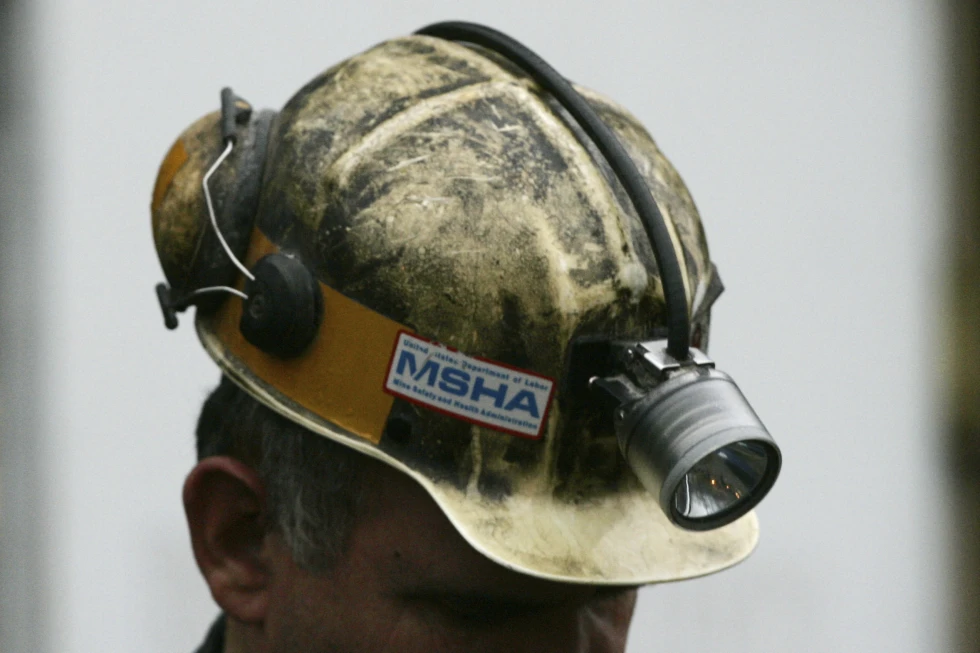Among the federal agencies chosen for budget reductions by the Department of Government Efficiency, the U.S. Mine Safety and Health Administration ranks high.
Should the proposals be realized, nearly three dozen MSHA offices will lose their leases.
MSHA enforces rules on mining safety in United States. President Donald Trump founded DOGE; Elon Musk runs it.
Which MSHA offices under consideration for closure?
The DOGE website claims 34 MSHA offices in 19 states have been earmarked for closure. This includes seven in Kentucky, which would leave the fifth-leading coal producing state with only two MSHA facilities.
There also are four offices planned to close in Pennsylvania; two apiece in California, Nevada, New York, Ohio, Texas and West Virginia; and one each in Alabama, Arizona, Colorado, Illinois, Indiana, Minnesota, New Hampshire, Oregon, South Dakota, Tennessee and Wyoming.
Do other mining offices participate?
Also under consideration for closure are the Office of Surface Mining Reclamation and Enforcement facilities in Lexington, Kentucky, and Tulsa, Oklahoma, shrinking the national footprint of an agency established during the Carter administration to restore land damaged by strip mining and reclaim abandoned and damaged minelands.
Possible savings
Projected savings from ending the MSHA leases is $18 million. Whether the duties of inspectors and others in such offices would be transferred to other facilities is unknown.
Duties of MSHA
Congress established MSHA in 1978 under the Labor Department partly because state inspectors were viewed as too near the industry to compel coal firms to take the occasionally expensive actions required to safeguard workers. MSHA must inspect every surface mine twice a year and every underground mine quarterly.
Agency inspectors are meant to examine every operating mining section. According to Jack Spadaro, a veteran mine safety investigator and environmental specialist who worked for MSHA, they check mining equipment for safety, look at impoundment dams and new roof bolts, and assess electrical and ventilation systems shielding miners from fatal black lung disease.
In large part due of the great reduction in coal output, mining deaths over the last four decades have fallen markedly. Spadaro claimed the suggested DOGE reductions would mean MSHA inspectors would have to travel more distance to reach a mine, which might result in fewer comprehensive inspections.
Last month, a study of publicly accessible data by the Appalachian Citizens’ Law Center revealed over 17,000 health and safety inspections done by MSHA office workers in sites on the chopping block from the start of 2024 through February 2025. Already under-staffed, MSHA runs metal and nonmetal mines as well. The law center said that during the last ten years, overall personnel has dropped 27%, including 30% of enforcement staff in general and 50% of enforcement staff for coal mines.
Statistics and information about coal
Utilities’ installation of additional renewable energy and conversion of coal-fired facilities to be powered by less expensive and cleaner-burning natural gas have caused the coal sector to decrease.
According to the U.S. Energy Information Administration, U.S. coal output was at 1 billion tons (907,000 metric tonnes) in 2014 and dropped to 578 million tons (524 million metric tonnes) by 2023, the most recent year available. For decades it has been in a protracted, steady decline.
Throughout the 1950s and 1960s, coal sector fatalities numbered in the hundreds. Deaths progressively declined after MSHA was established; they fell much more in the previous decade as more mining businesses closed and thousands of jobs were lost. MSHA reports eleven or fewer deaths annually over the last five years.
From 2022 to 2023, coal employment increased by 4.2% to 45,476. Of 14,000, West Virginia had the most miners; Kentucky came in second with 5,000. West Virginia (165) and Kentucky (112) house about half of the country’s 560 coal mines. Though it only had 15 mines, Wyoming was the top coal producer because to mechanization.







